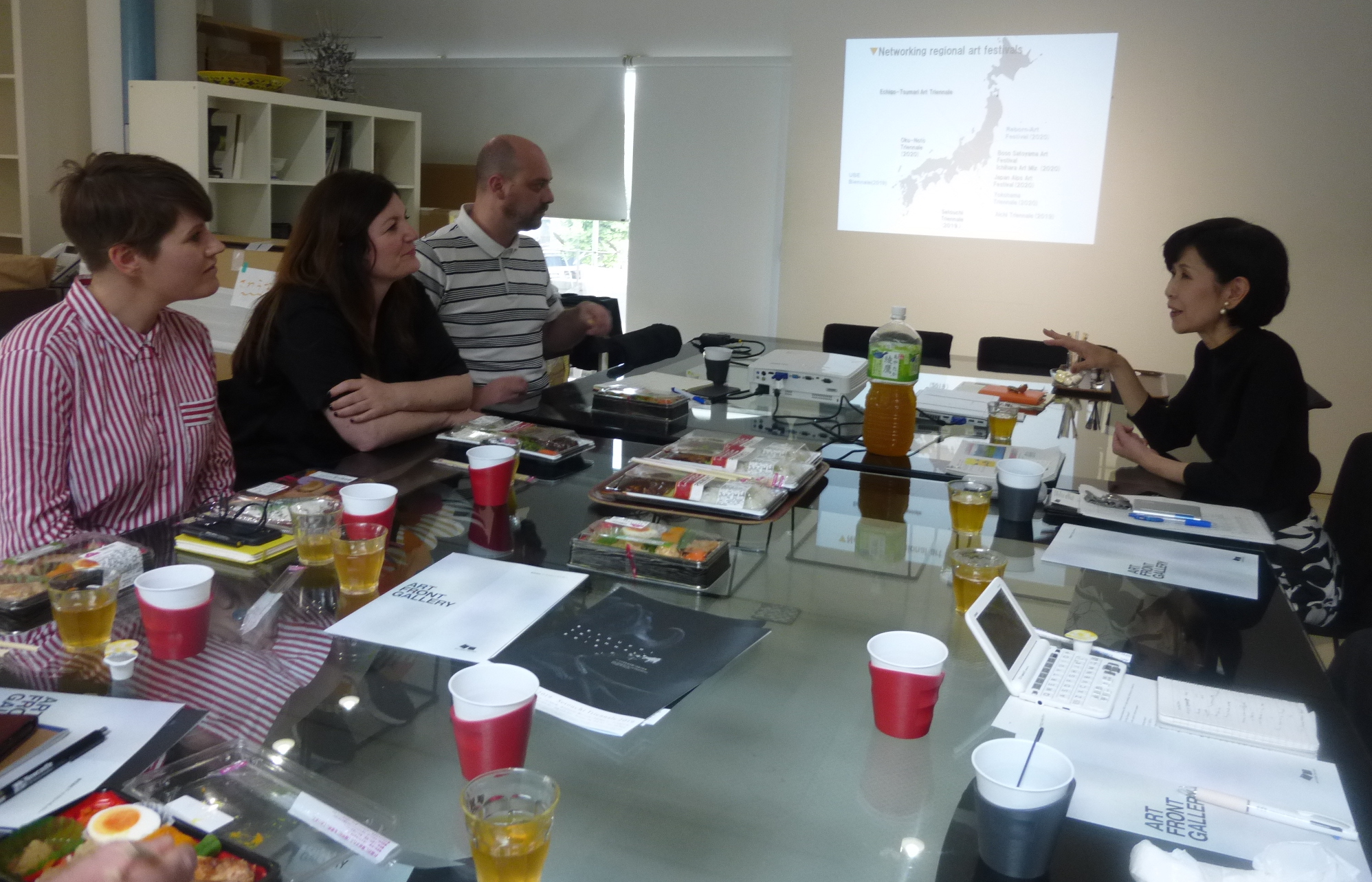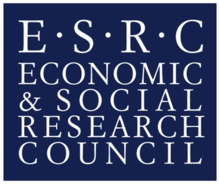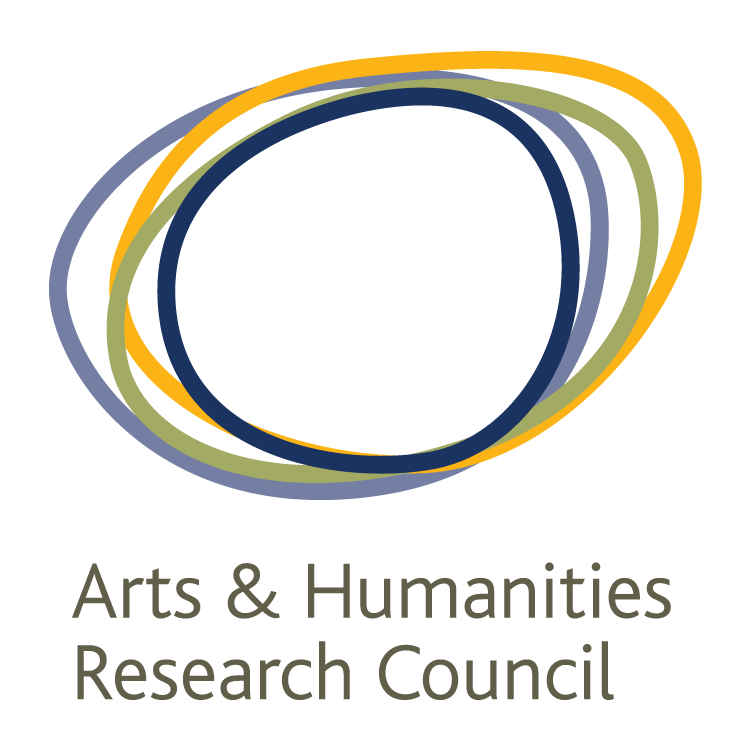News
'Contemporary Arts in Rural Development' team visits Tokyo's Art Front Gallery

Contemporary Arts in Rural Development' team visits Tokyo's Art Front Gallery, writes Dr Fran Rowe
They say appearances can be deceptive. And so it is with Art Front Gallery (AFG). Nestled amongst the modernist architecture of Tokyo’s Daikanyama district AFG is the organisation responsible for establishing the Echigo Tsumari Art Field, plus others that take place in Japan. From the outside it looks like another, discreet and modestly sized art gallery you would expect to find in an upmarket neighbourhood. Yet appearances are deceptive: it employs 50 people in Tokyo and another 50 out in the field, and the reach of the Echigo-Tsumari art festival has now extended to countries such as China in search of ways to revitalise dying rural areas through cultural investment.
We were visiting to find out more about the Echigo-Tsumari story before heading out into the field. Established 20 years ago, ET is the embodiment of the vision of Art Front’s founder, Fram Kitagawa, member of the Japanese arts establishment and highly influential thinker and art curator. He was overseas when we visited, but we were treated to two fascinating hours with Rei Maeda, one of Art Front’s original coordinators. Political radical and art student in the heady days of the 1968 student uprising in Paris, Fram espoused socially engaged arts practices ‘for the people’ outside formal galleries, long before such practices were the zeitgeist of contemporary arts practice. At the same time, he was shrewd enough to realise that place-based arts programmes also needed to be sustainable. He began involving communities in organising arts events, selling tickets and generating an income for themselves as part of an expanding programme of high-profile arts events away from Tokyo. In so doing he pioneered innovations in arts management that enabled communities to take control, such as the ‘circus truck’, making possible modular handling of artworks by non-specialists. In 2006, the first Art Triennale, Echigo Tsumari Art Field, was launched in the largely agricultural area of the eponymously named region in Niigata Prefecture, and the rest is history. Kitagawa’s Echigo Tsumari ‘model’ has spawned art festivals throughout Japan, many of which are organised direclty by AFG (e.g. Setouchi Triennale, Oku-Noto Trienalle, Japan Alps Art Festival, Boso Satoyama Art Festival Ichihara Art Mix). The ET Triennale now attracts 0.5 million visitors who flock to see 160 works by leading global contemporary artists spread over 760 sqkm encompassing some 200 villages. The following day we planned to visit ET which is not happening this year, but which nevertheless has much of interest for us to see, including people to meet who support its ongoing work with rural communities.
Last modified: Sun, 02 Jun 2019 20:12:38 BST




